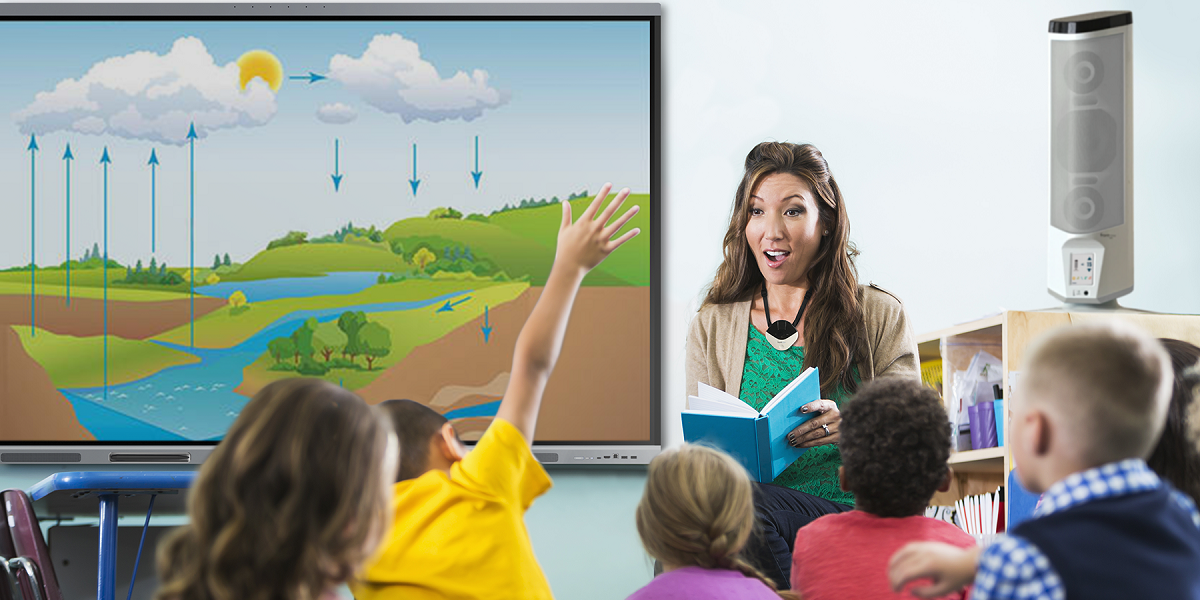
As a teacher, when you walk in your classroom it is expected that you will talk, talk, and probably talk some more. This can lead to vocal problems that over time can do more damage and lead to reduced interaction and engagement with your students in an effort to ‘save your voice.’ Beyond using your “outside voice” inside the classroom, what can you do to manage your vocal health so that sore throats and sick days are minimized?
To support vocal health and prevent decreased conversation and interaction with students, try these 5 tips that can help ‘save your voice.’
1. Sip that water!Keep a bottle of water nearby and take regular sips throughout the day. Also, limiting caffeine intake (yes, that means YOUR coffee) will help since caffeine dehydrates which is the opposite of what your throat needs. Taking sips is also a better alternative to clearing your throat.
2. Plan voice breaks.When planning your lessons, think about which activities will require more vocal effort than not. Try to space those activities out throughout the day to rest your voice. Or use tools that require less vocal effort during class interactions. For example, when using a front-of-class interactive display, engage with students using a screen sharing app to encourage active participation through annotation and on-the-fly polling.
3. Avoid extremes.When we shout or *whisper*, this can cause stress to our vocal cords. Believe it or not, a whisper contains more breath, and this extra breath adds pressure to our vocal cords. There are tools that can help save your voice in the classroom, like a teacher mic.
4. Take the mic!Using a teacher mic will amplify your voice, helping you do more with your students without strain and pain. For example, the Action! microphone from FrontRow by Boxlight is optimized so that every soft consonant and resounding vowel sound can be clearly heard from anywhere in the room.
5. Use non-verbal cues.Get in the habit of using non-verbal cues and signals to get your students’ attention and/or give directions. Some of these might include clapping rhythms, hand signals, using a bell, playing music, etc. For classrooms that have interactive displays, a timer app can signal transitions between activities. Teachers who use MimioConnect can also use the Focus feature that blacks out student screens until the class is ready for the next activity.
As with anything new, effort and practice are needed to make these helpful tips daily habits. Print and post these tips and refer to them often as you plan and teach. If you want to learn more about how to save your voice with state-of-the-art classroom technology, click here.
Explore classroom and campus audio solutions here – FrontRow Audio Communications.



